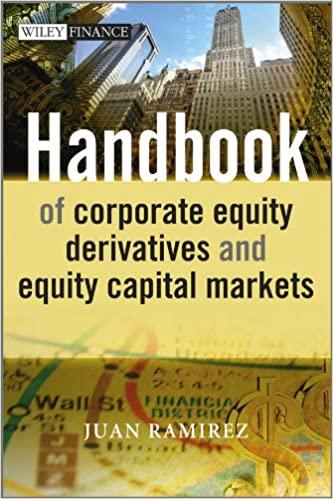
Bob Stevens has just inherited $392,955 which he would like to use as part of his retirement nest egg. He invested the funds at a 3.18 percent annual rate compounded annually. Bob will reach age sixty-five in 20 years. Now he would like to know how much he could withdraw from the fund in equal installments at the end of each year from the year he reaches age 65 until he reaches age 70121, the year he must start withdrawing funds from his individual retirement account (IRA). Bob assumes the funds will continue to earn at a 3.18 percent annual rate. In other words, Bob would like to know the annual year-end payment from a six-year annuity (from age 65 to the year he will be 701/2 ), earning 3.18 percent annually. A client's child will be attending college in 7 years. Assume current tuition and fees are $35,840, and inflation for college costs averages 2.31 percent. She can earn 8.59 percent on the money she invests for this purpose. The client wants to know how much she will need to set aside today to pay the first year's tuition and fees. Round the answer to two decimal places. Nancy's son plans to start college when he graduates from High School. Assume that after-tax annual rate of return that Nancy is able to earn from her investment is 8.56 percent. The rate of inflation of college costs is 2.42 percent. What is the real inflation-adjusted rate of return of Nancy's investment in college funds? Round the answer to two decimal places in percentage form. (Write the percentage sign in the "units" box). An investor makes a deductible (before-tax) contribution of $2,506 to a traditional IRA. The IRA contribution grows at an 11.55 percent before-tax rate of return compounded annually for 8 years when it is distributed. The distribution is subject to a 37 percent tax. Calculate the dollar amount of IRA distribution the investor is left with after paying taxes. Round the final answer to two decimal places. Molly's son starts college in 11 years. She estimates the current deficit for her college education funds is $98,287. Assume that after-tax annual rate of return that Molly is able to earn from her investment is 7.10 percent compounded monthly. She is going to invest additional amounts every month at the beginning of the period until her son starts college. Compute the monthly beginning of-the-period payment that is necessary to fund the current deficit. (Please use monthly compounding, not simplifying average calculations). Round the answer to two decimal places







